the REST of the pictures on this page will give you a better overall feel for this wood
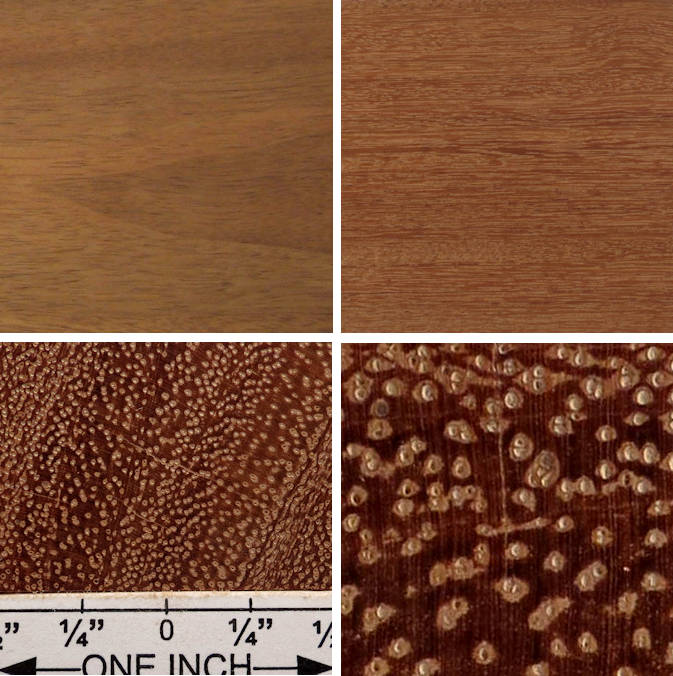
andiroba
Carapa spp. (generally Carapa guianensis) of the family Meliaceae
the mahogany family
3" x 3" flat cut, 3" x 3" quartersawn, 1" wide end grain, and a 1/4" x 1/4" end grain closeup.
Diffuse porous with moderately large pores, randomly spaced, with heavy vasicentric parenchyma and rays that are barely visible at 10X. Growth ring boundaries are vague.
Also widely known as crabwood, this moderately heavy South/Central American wood is sometimes used as a mahogany substitute as it is in the mahogany family and is somewhat similar to the Swietenia mahoganies in both color and grain. It is inexpensive in its areas of growth and is widely used there for many purposes. It is susceptible to pin-hole borers and other wood eaters and many of the planks I've had have had heavy areas of holes, especially in and near the sapwood (check out the top edge of the upper plank in the first set of my pics directly below --- the enlargements show the holes quite clearly)

%201a%20s25%20plh.jpg)
%201b%20s25%20plh.jpg)
%201%20end%20grain%20s25%20plh.jpg)
%201%20end%20grain%20closeup%20s25%20plh.jpg)
%201%20end%20grain%20closeup%202%20s25%20plh.jpg)
%202a%20s25%20plh.jpg)
%202b%20s25%20plh.jpg)
%202%20end%20grain%20s25%20plh.jpg)
%202%20end%20grain%20closeup%20s25%20plh.jpg)
%202%20end%20grain%20closeup%202%20s25%20plh.jpg)
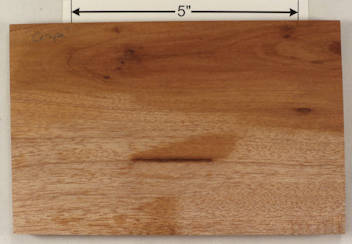
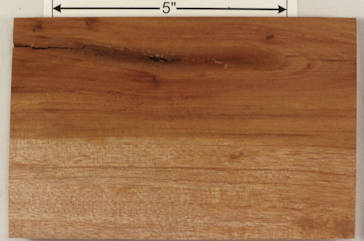
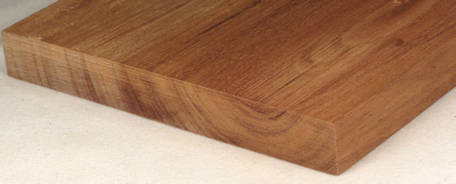
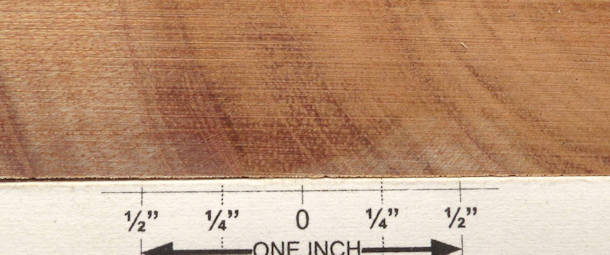
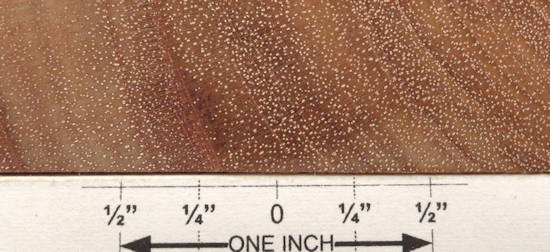
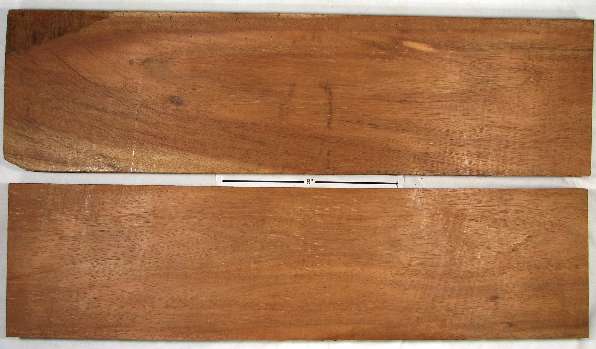
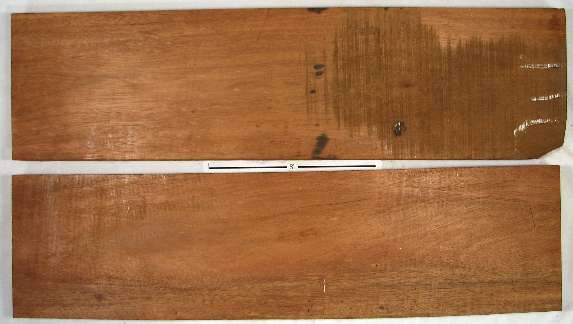
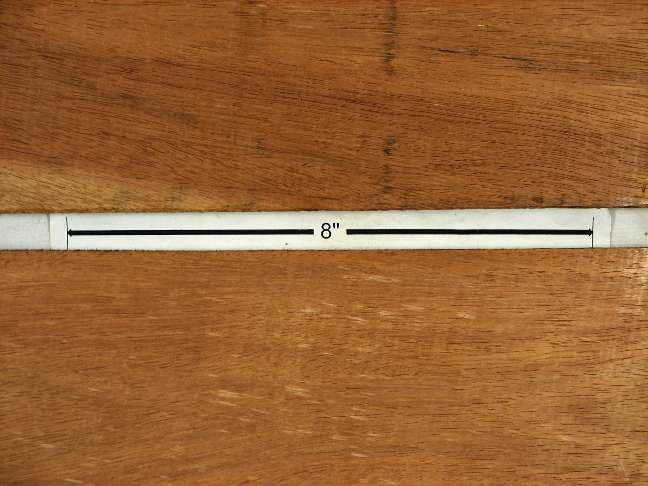
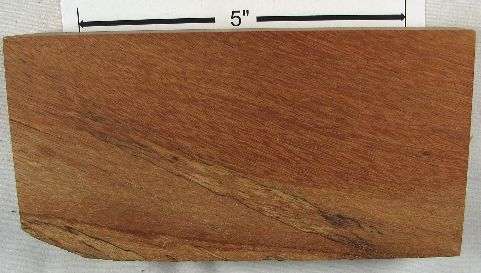
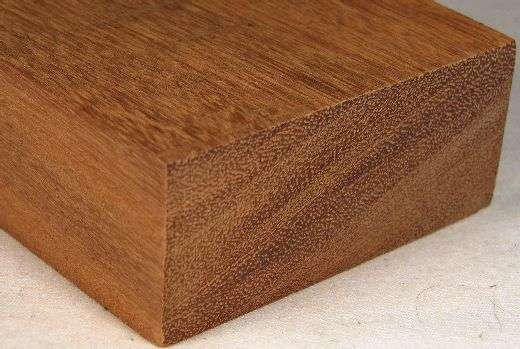
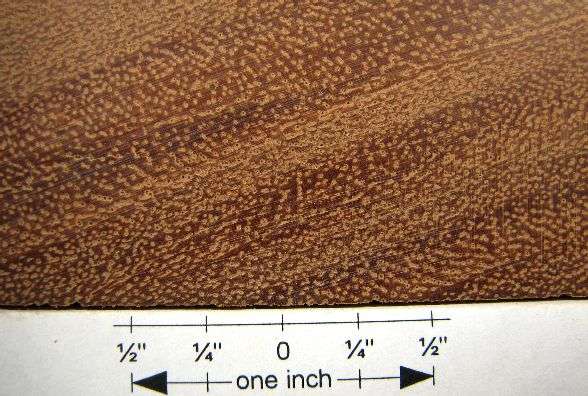
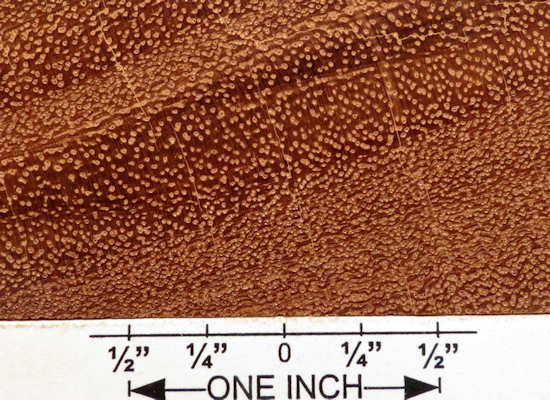
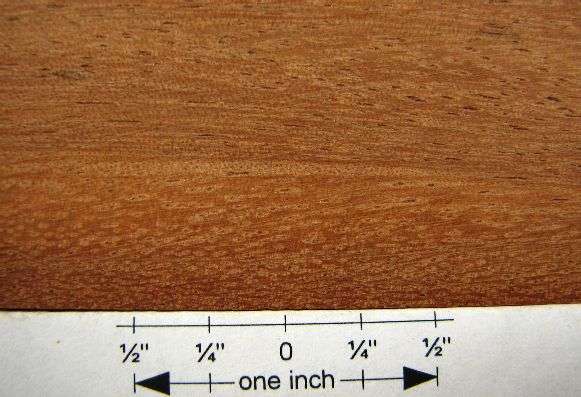



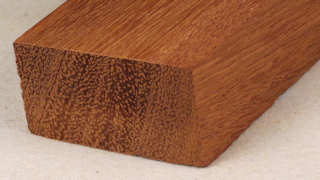
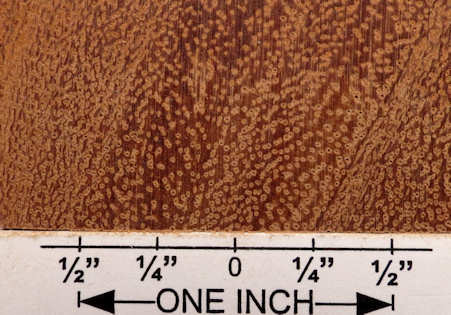
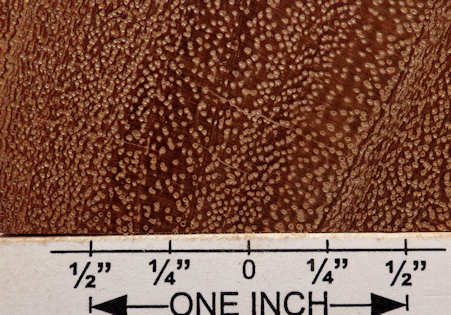
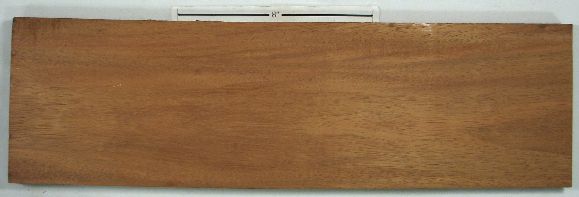
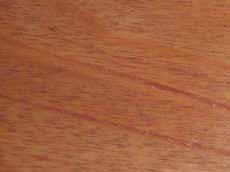

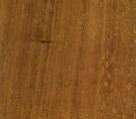

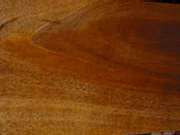

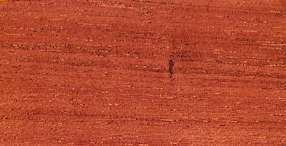
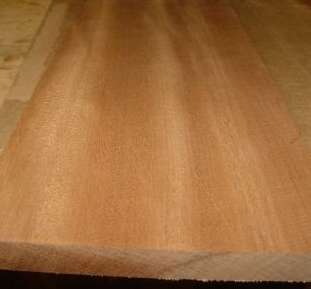
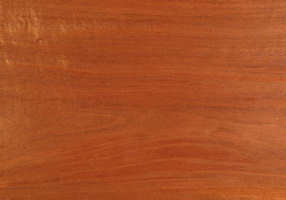
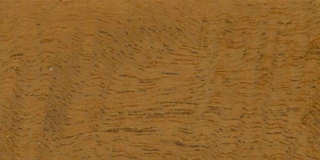
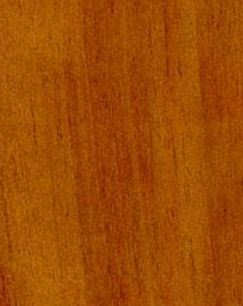
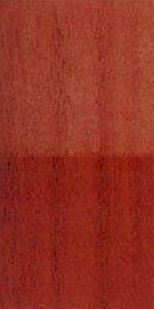
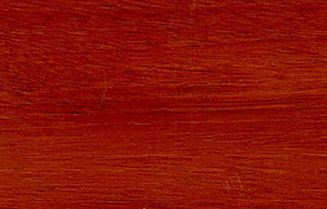
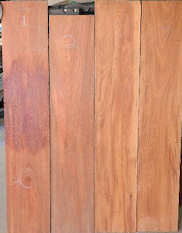
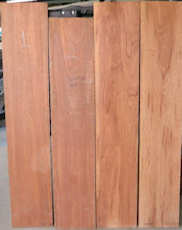
%202%20web.jpg)
%201%20s50%20web.jpg)
%201%20web.jpg)
%201%20s50%20web.jpg)
%201%20web.jpg)
%202%20web.jpg)
%203%20web.jpg)
%204%20web.jpg)
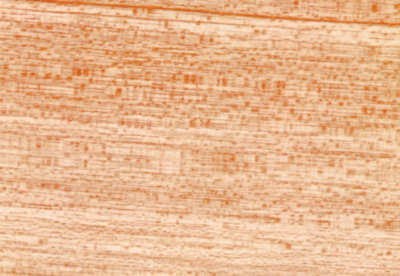
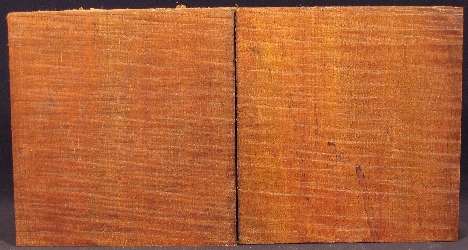
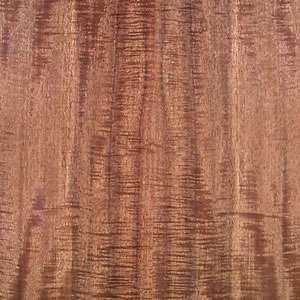
%201%20s50%20web.jpg)
%203%20s50%20web.jpg)
%206a%20s50%20web.jpg)

%204%20web.jpg)
%205%20web.jpg)
%206b%20web.jpg)
%207%20web.jpg)
%208a%20bc%20s50%20web.jpg)
%208b%20bc%20s50%20web.jpg)
%208c%20bc%20s50%20web.jpg)
,%20brazilian%201%20s50%20web.jpg)
,%20brazilian%202%20s50%20web.jpg)
,%20brazilian%203%20web.jpg)
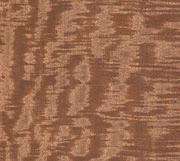
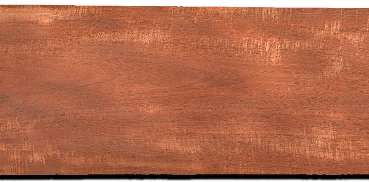
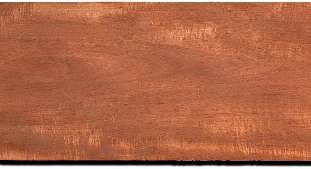
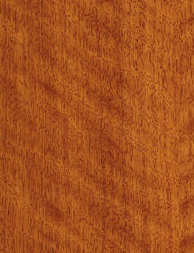
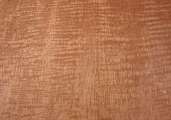
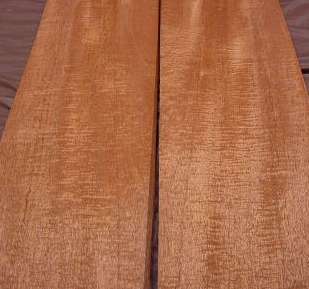
%20veneer,%20mottled%201%20s50%20web.jpg)
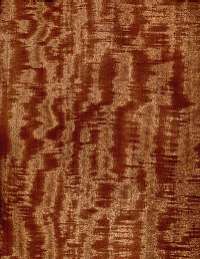
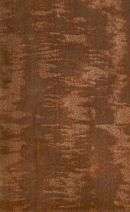
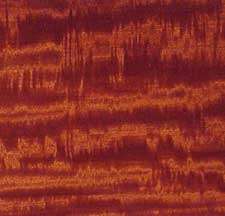
%202%20s50%20web.jpg)